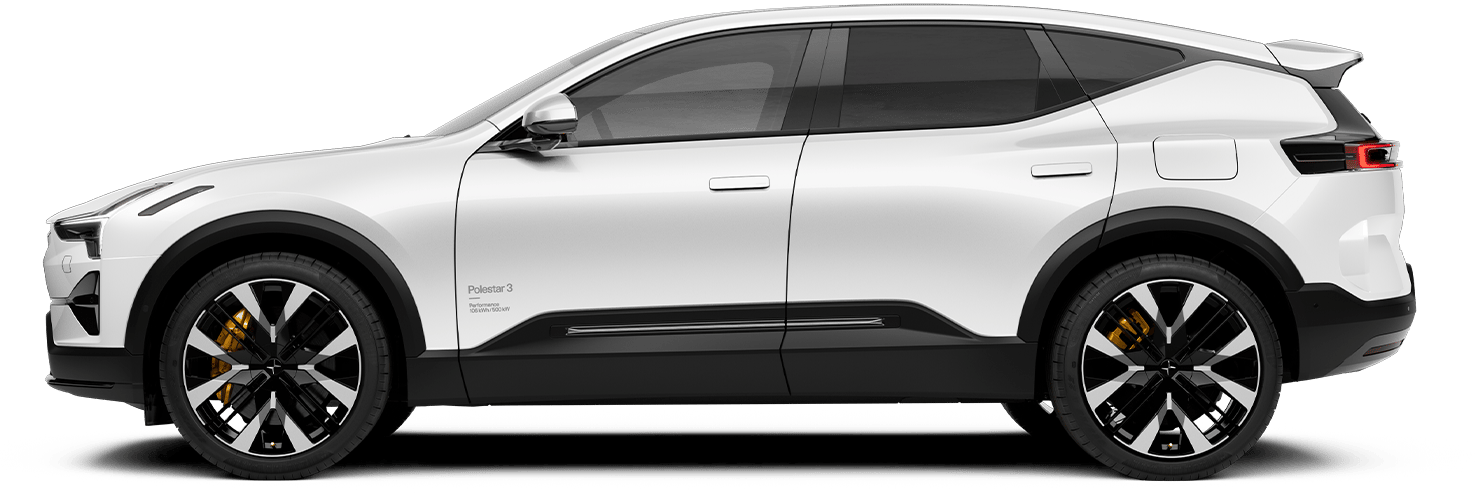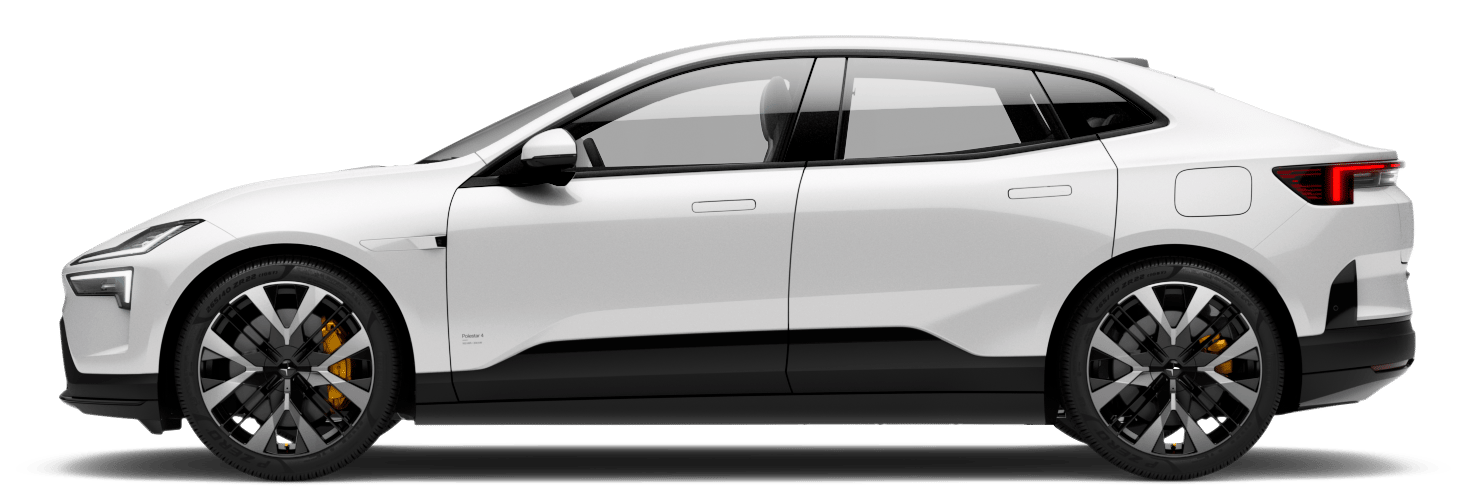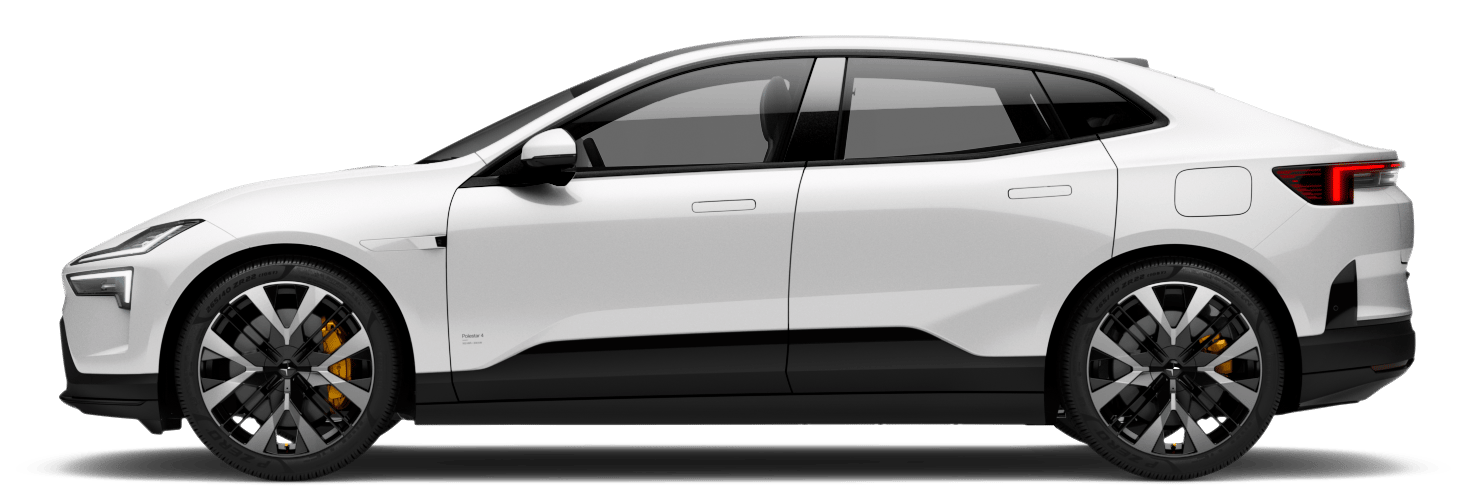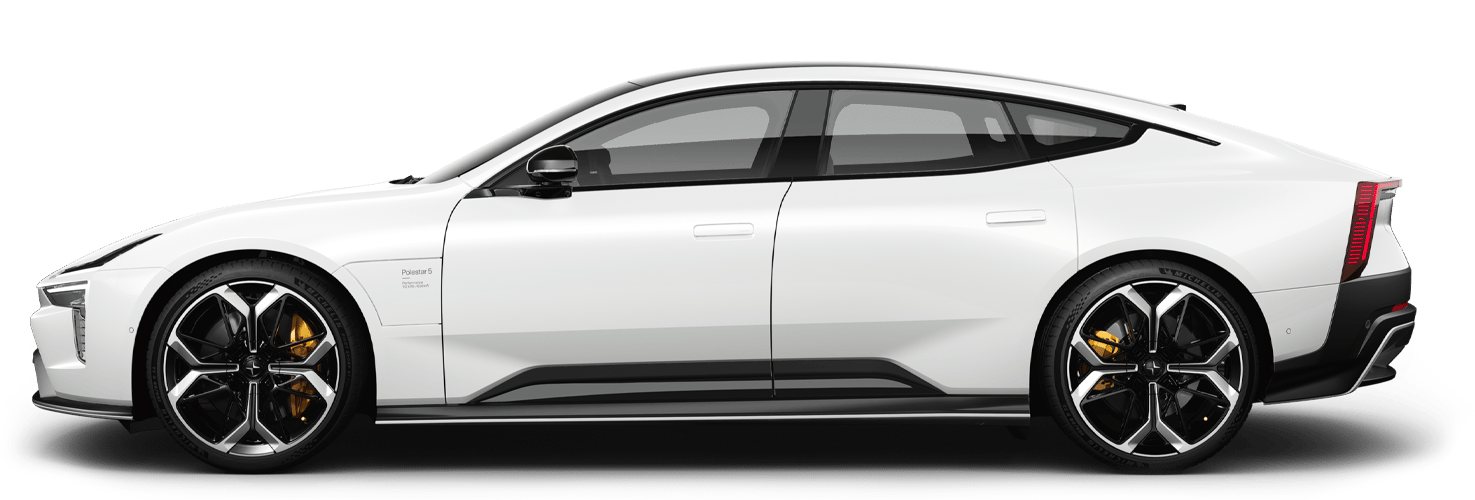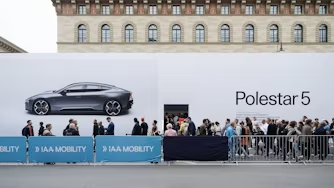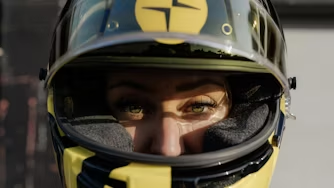Design Towards Zero Award Winners: Werewool
Werewool’s textile innovation and sustainable technology has the potential to revolutionise the clothing industry. With a new class of protein-based biodegradable textile fibres, the textile industry's dependence on extractive raw materials, harmful dyes, and plastics can be broken.
The ELLE & Polestar Design Towards Zero Award, a newcomer on the awards scene, celebrates climate initiatives within fashion. The spotlight is turned on designers and companies who work with circular materials to find innovative solutions which can be applied in the industry. This year’s winners have done exactly that.
Werewool is redesigning the way we create textiles by going to the very root of the issue: the fibres. Chui-Lian Lee, Valentina Gomez, Allie Obermeyer, Theanne Schiros and Helen Lu are the co-founders of Werewool. A female-led team with diverse backgrounds in material science, chemical and biomedical engineering, and textile development.
Their main concept is to use nature’s blueprints for functionality and colour. Rather than using plastic to achieve the properties and functions we want in our clothes, Werewool uses protein structures found in nature to create similar results. These proteins are found in DNA, which, as we know, is found in all living things. From the fish swimming in the ocean to the birds flying in the sky, and from you reading this text.
Proteins are the building blocks of life. Their unique structures give them their individual properties. “In nature, the shape of a protein creates properties like the fluorescent pink colour which is originally found in coral, or the natural stretchiness of our skin which can be attributed to a protein called collagen,” Chui-Lian Lee explains. The idea behind Werewool is to take these proteins and use them to make fibres for clothes.
By utilising naturally occurring protein structures in organisms, Werewool creates fibres with inherent colour and performance properties. This is done by copying the DNA sequence which codes for the protein and placing it into bacteria. These bacteria can then be used to produce the same protein as the original source, which is later extracted and turned into fibres. This eliminates the toxicity of dyes, reduces raw material impact, and creates a circular lifecycle. Best of all, the process does not cause any microplastic pollution to our ecosystems.
At present, the Werewool team is still in the lab developing the fibres, aiming to create the first-ever protein-based, biodegradable pink yoga pants. But the team sees almost endless potential for their technology. “Werewool’s platform technology will be able to address multiple pain points across the supply chain for brands and their manufacturers,” says Gomez. She expects the process to break new ground and, in time, “fill a gap in the market for renewable raw material sources and novel ways to achieve colour and functional properties.”
Working toward revolutionising the clothing industry is no easy feat, and there are plenty of challenges and obstacles along the way. When asked what keeps her going, Theanne Schiros highlighted the amazing properties of nature. “I'm absolutely fascinated by nature's regenerative potential, efficiency, and the incredible beauty, functionality, and balance that has emerged from its adaptations.” These properties are enough to motivate her and her colleagues to explore how they can harness nature’s aptitudes to engineer high-performance, multifunctional, and degradable materials for a circular economy. “It also inspires efforts to build diverse, resilient communities with the shared goal of inclusive sustainable development, and manufacturing processes that are compatible with nature,” she adds.
The issues of climate change and pollution require new ideas and solutions. Werewool embody this spirit of innovation with their revolutionary technology, moving us ever closer to zero emissions.

